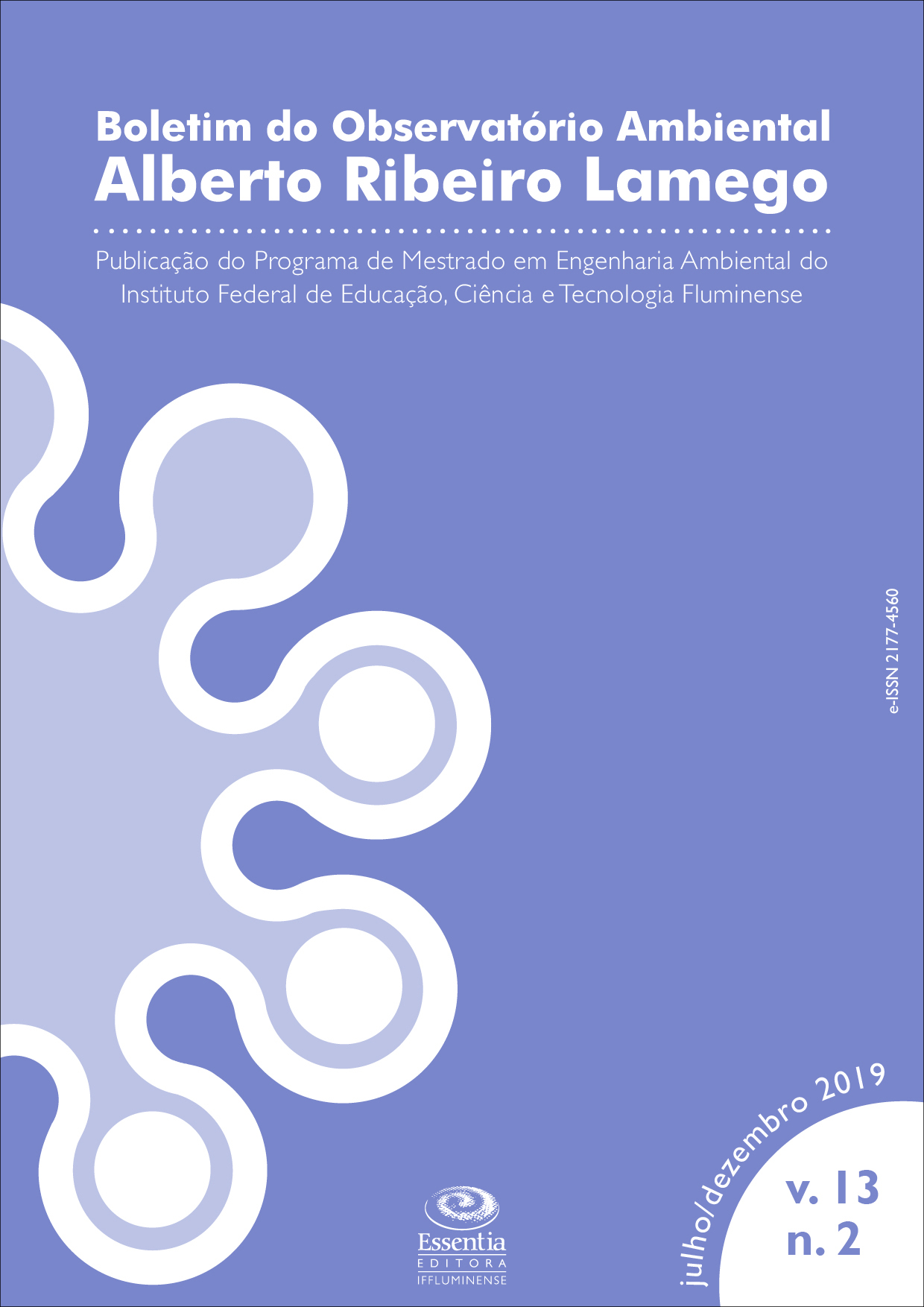Soluções baseadas na natureza como uma alternativa promissora para a restauração fluvial e a redução de inundações
DOI:
https://doi.org/10.19180/2177-4560.v13n22019p198-212Palavras-chave:
Bioengenharia, Mitigação de Alagamento, Coeficiente de ManningResumo
Soluções baseadas na natureza (SBN), têm sido usadas principalmente em países europeus, nos Estados Unidos e, mais recentemente, na China. Neste trabalho são identificados estudos internacionais (2015-2018) que apresentaram soluções ambientais visando a requalificação dos rios e a redução dos efeitos das inundações nos municípios. Com base no método de revisão bibliográfica, foram selecionados 12 (doze) artigos. Os resultados revelaram que as soluções baseadas na natureza, que utilizam ferramentas da Engenharia Natural e Biotécnicas, mostraram-se eficientes para promover a restauração das condições hidromorfológicas dos rios, sendo sugerido seu uso em municípios estuarinos.Downloads
Downloads
Publicado
Edição
Seção
Licença
Os autores do manuscrito submetido ao Boletim do Observatório Ambiental Alberto Ribeiro Lamego, representados aqui pelo autor correspondente, concordam com os seguintes termos:
Os autores mantêm os direitos autorais e concedem sem ônus financeiro ao Boletim do Observatório Ambiental Alberto Ribeiro Lamego o direito de primeira publicação.
Simultaneamente o trabalho está licenciado sob a Licença Creative Commons Atribuição 4.0 Internacional (CC BY 4.0), que permite copiar e redistribuir os trabalhos por qualquer meio ou formato, e também para, tendo como base o seu conteúdo, reutilizar, transformar ou criar, com propósitos legais, até comerciais, desde que citada a fonte.
Os autores não receberão nenhuma retribuição material pelo manuscrito e a Essentia Editora irá disponibilizá-lo on-line no modo Open Access, mediante sistema próprio ou de outros bancos de dados.
Os autores têm autorização para assumir contratos adicionais separadamente, para distribuição não exclusiva da versão do trabalho publicada no Boletim do Observatório Ambiental Alberto Ribeiro Lamego (ex.: publicar em repositório institucional ou como capítulo de livro), com reconhecimento de autoria e publicação inicial neste periódico.
Os autores têm permissão e são estimulados a publicar e distribuir seu trabalho online (ex.: em repositórios institucionais ou na sua página pessoal) a qualquer ponto posterior à primeira publicação do artigo pelo Boletim do Observatório Ambiental Alberto Ribeiro Lamego.
A Essentia Editora poderá efetuar, nos originais, alterações de ordem normativa, ortográfica e gramatical, com o intuito de manter o padrão culto da língua, contando com a anuência final dos autores.
As opiniões emitidas no manuscrito são de exclusiva responsabilidade do(s) autor(es).









1.png)





